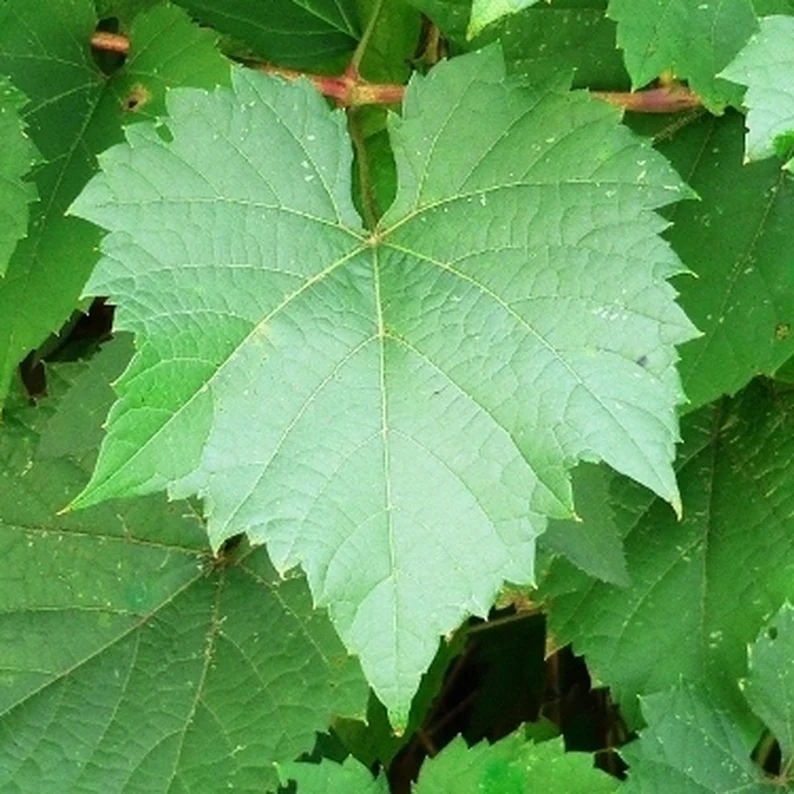Agrostim was trialed by Pine Ridge, Durrell, Pina Vineyard Management, Flora Springs, Hagafen, Beckstoffer and Abreu Management in 2008. We were very pleased to know that there were no negative impacts from combining our product with applications of anti-fungicides, anti-mildews, boron, calcium or zinc. It’s extremely important to note that Agrostim can be combined with other products/minerals/nutrients so that an additional labor cycle is not created for its application alone. Petiole tests completed by Pina, Durrell and Pine Ridge revealed minor differences relative to the control group but that was anticipated given the less than ideal number of applications and the fact that vines typically take a couple years to show impact from a foliar. Durrell Vineyards did see an increase in phosphorous levels in its petiole tests for the vines treated with Agrostim which was extremely positive. Flora Springs observed a visible recovery of overly distressed vines and was very pleased with the product’s performance. Abreu has continued to use Agrostim on its olive trees. It’s being applied using fertigation.
November 11, 2008
Disclaimer
My opinions and perspectives may differ from the information provided on the product label. The product label should be considered the primary and authoritative source of information. It includes important instructions, warnings, ingredients, and usage guidelines that should be followed for safe and effective use of the product.




